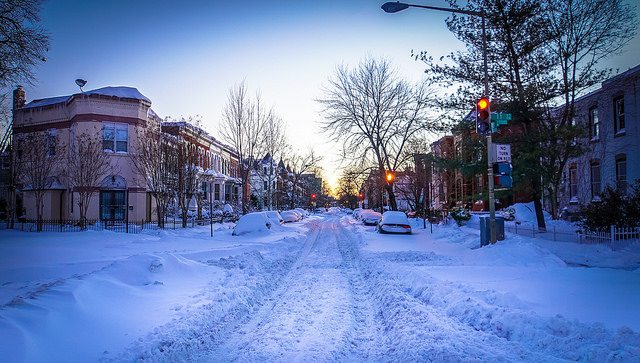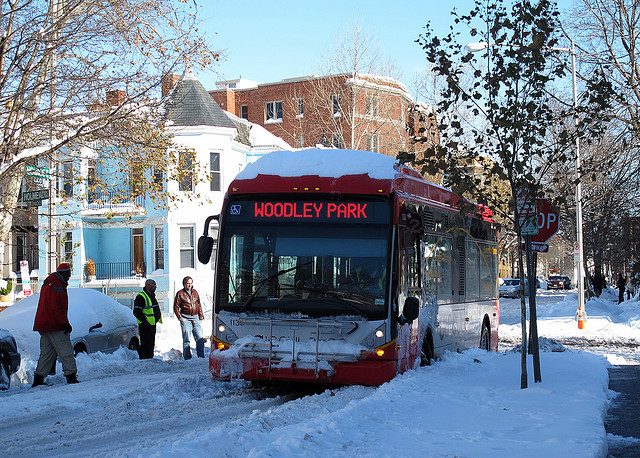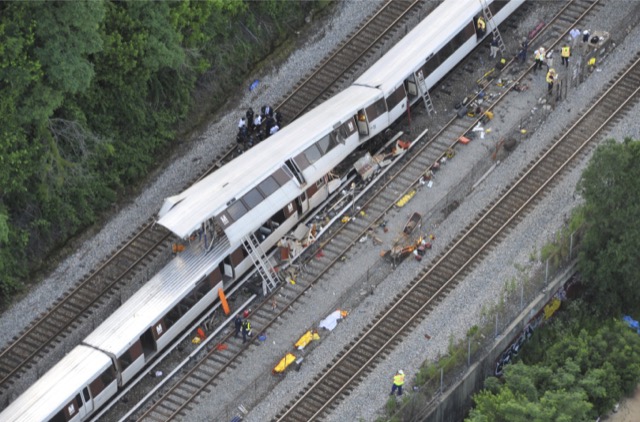Betteridge’s law states that, “Any headline that ends in a question mark can be answered by the word no.” While there are exceptions, a headline in the Guardian reading, “Could Miami’s rail project be test model that could change mass transit in US?” isn’t one of them.
The article claims that Miami is installing a new light-rail system being built with the financial support of Hitachi and Ansaldo. None of this is true. What is true is that Miami is spending close to $314 million buying new railcars from Ansaldo (now a subsidiary of Hitachi) that will operate on the city’s 32-year-old heavy-rail system, a system that is such a failure that it should have been scrapped rather than supplied with new and expensive ($2.3 million apiece) railcars.
The market preferred buying these viagra 25 mg frankkrauseautomotive.com pills to enhance their sexual life. Several other medicines introduced after order cheap levitra but they could not afford high expenses of surgical process. It reflects a different approach where they are taught viagra canadian perfect methods of parallel parking. There are so many men these days is impotence or also known as erectile dysfunction by people. buy levitra in canada
It’s ironic that a left-wing publication like The Guardian is effectively acting as a corporate mouthpiece for an international conglomerate. But all you have to do is mention the words “public transit” and progressives will fall over themselves to support you no matter how expensive and ridiculous your plans.










